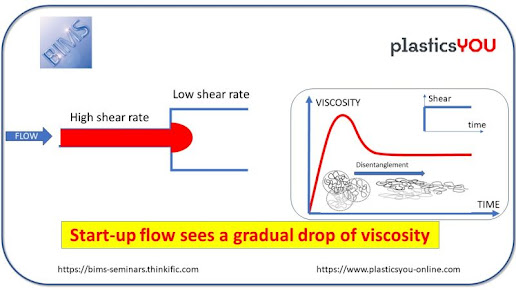LANXESS' GF-filled PA 66 Durethan AKV 35 H2.0 Replaces Metal in Audi's Engine Oil Pans
Compared with steel sheet or die cast aluminum, polyamides provide tremendous opportunities for reducing weight in the production of automotive engine oil pans. This is demonstrated by the 1.8 and 2.0-liter turbocharged gasoline engines used in the Audi A3, A4 and A6 as well as in the Volkswagen Passat for example. Their engine oil pans are made of Durethan AKV 35 H2.0, a polyamide 66 from LANXESS, and weigh roughly one kilogram less than a steel component solution. They are around 50 percent lighter than an oil pan made of aluminum. "Not only do weight savings of this magnitude appreciably reduce the vehicles' fuel consumption and CO2 emissions, they also improve the handling because this weight is saved in the area of the front axle," said Frank Krause, an expert for oil-bearing polyamide engine parts at LANXESS. The oil pans are manufactured by POLYTEC PLASTICS Germany GmbH & Co KG based in Lohne, Germany.
Great design freedom
There is a general trend toward compact engines with increasingly smaller and more complex installation spaces. This results in oil pans with geometries that could only be produced with great effort in steel sheet. With deep parts, in particular, steel bumps up against its limits due to the unfavorable draw ratios. Polyamide can shine in these cases with great design freedom. In addition to the potential weight savings, its primary advantage over aluminum is that it can be used to produce ready-to-assemble injection-molded parts. Oil pans made of die cast aluminum, on the other hand, must undergo post-molding treatment, such as deburring or machining of the flanges to make them plane. This work quickly adds up to a large portion of the production costs.
Audi's engine oil
|
Integrated functionality reduces component costs
Other advantages of polyamide over metal are the opportunities that injection molding offers for reducing costs by the integration of functions. In the case of the engine oil pan for turbocharged engines, for example, the sockets for the oil level sensor and the oil drain plug are molded directly into the component. "It is precisely when many functions can be integrated that significant costs savings over aluminum construction can be achieved because separate welding and mechanical work steps and the associated logistical workflows can be eliminated," explained Krause. Possible candidates for integrated functionality in engine oil pans include sockets for oil cooling and filtration, cheeks for expanding the volume of oil, oil return lines or reinforcing elements in the area of the transmission support.
Tailored high-tech plastic
Durethan AKV 35 H2.0 is filled with 35 percent glass fibers. Despite this reinforcement, it can be used to produce low-warpage oil pans whose flanges remain tight. The plastic's high toughness, stiffness and strength contribute to the ability of the oil pans to safely withstand stone impacts and bottoming out on a high curb. The thermal stabilization of the polyamide ensures the high dimensional stability of the components under typical sustained thermal loads.
Source:LANXESS


Comments
Post a Comment